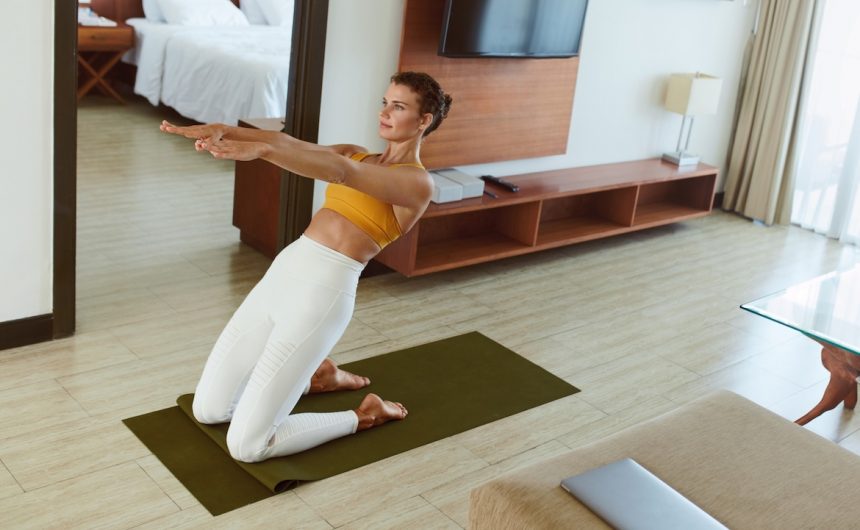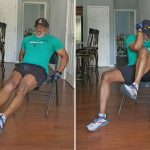When you think of something Nordic, do you automatically picture a fierce Viking? You’re not alone. The reverse Nordic curl, also known as the leaning camel, is an eccentric exercise that targets your quads and more. This move is definitely worth trying if you’re up for a challenge.
So, what exactly is the reverse Nordic curl, and should you add it to your workout routine? Today, we’ll delve into the benefits of this exercise and show you how to properly perform it to strengthen your quads and tendons.
To start, let’s define the reverse Nordic curl by understanding its counterpart, the regular Nordic curl. Nordic curls, originating in Scandinavia, focus on isolating and strengthening the hamstrings. These exercises have been proven to prevent hamstring injuries in athletes and are a valuable addition to any training regimen.
The reverse Nordic curl, or leaning camel, is the opposite movement of the regular Nordic curl. Instead of leaning forward as in a regular Nordic curl, you’ll lean back without the need for an anchor. This exercise targets your quads, hip flexors, and core, offering potential benefits for injury prevention.
According to Kevin Noel, a chiropractor and certified strength and conditioning specialist, incorporating the Nordic curl into your routine can greatly benefit tendon health. Strong tendons are essential for preventing injuries and maintaining an active lifestyle as you age.
To perform the reverse Nordic curl, start in a tall kneeling position with the tops of your feet facing the ground. Slowly lower yourself backward, aiming to bring your glutes closer to your heels while maintaining a straight line from your knees to shoulders. Push through the tops of your feet to return to the starting position, engaging your quadriceps and hip flexors.
It’s important to start with low doses and gradually increase the volume of reps if you have a history of knee injuries. Noel recommends adding the reverse Nordic curl to your lower body and core sessions as a staple exercise, especially if you struggle with tight hip flexors or chronic low back pain.
Looking to modify the reverse Nordic curl? Noel suggests adjusting the range of motion or trying alternative exercises like supine leg lifts or hanging leg raises. For added intensity, you can hold a weight plate against your chest while performing the exercise.
In addition to strengthening tendons, the reverse Nordic curl activates multiple muscles, including the quadriceps, core, stabilizers, and glutes. This exercise offers a comprehensive workout that can benefit athletes of all levels.
Ultimately, adding the reverse Nordic curl to your routine can improve tendon health, prevent injuries, and target key muscle groups for a well-rounded workout. Give it a try and see the results for yourself!






